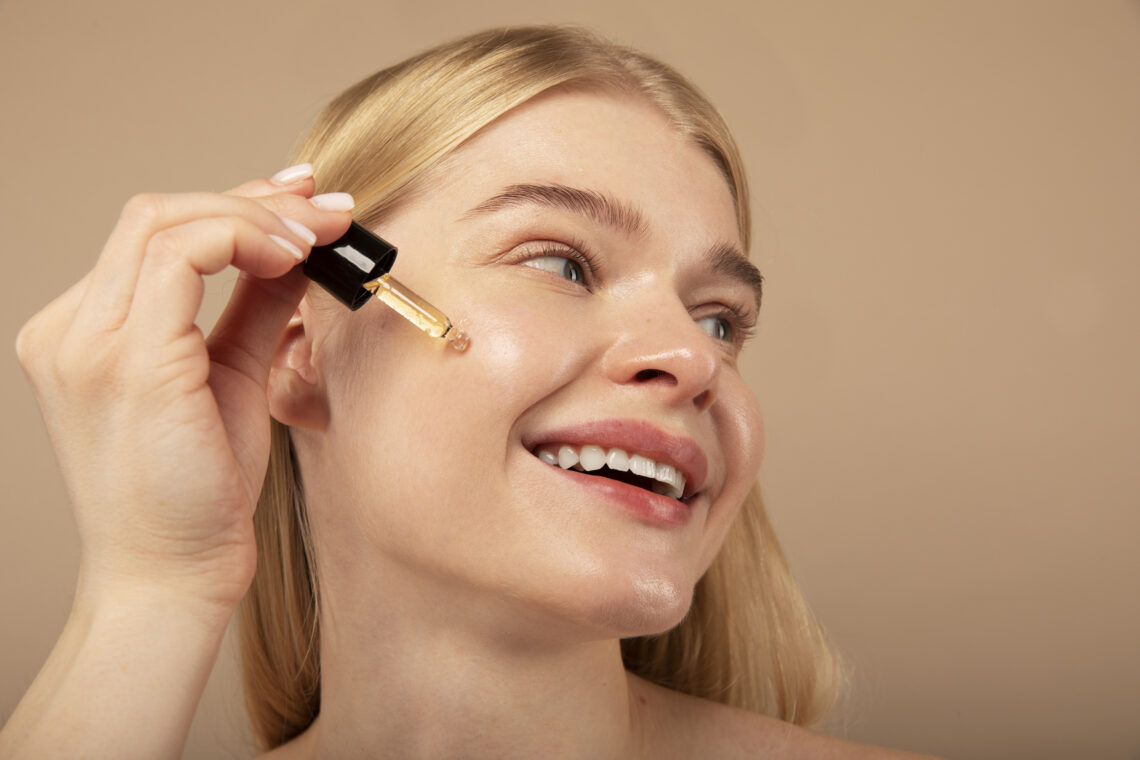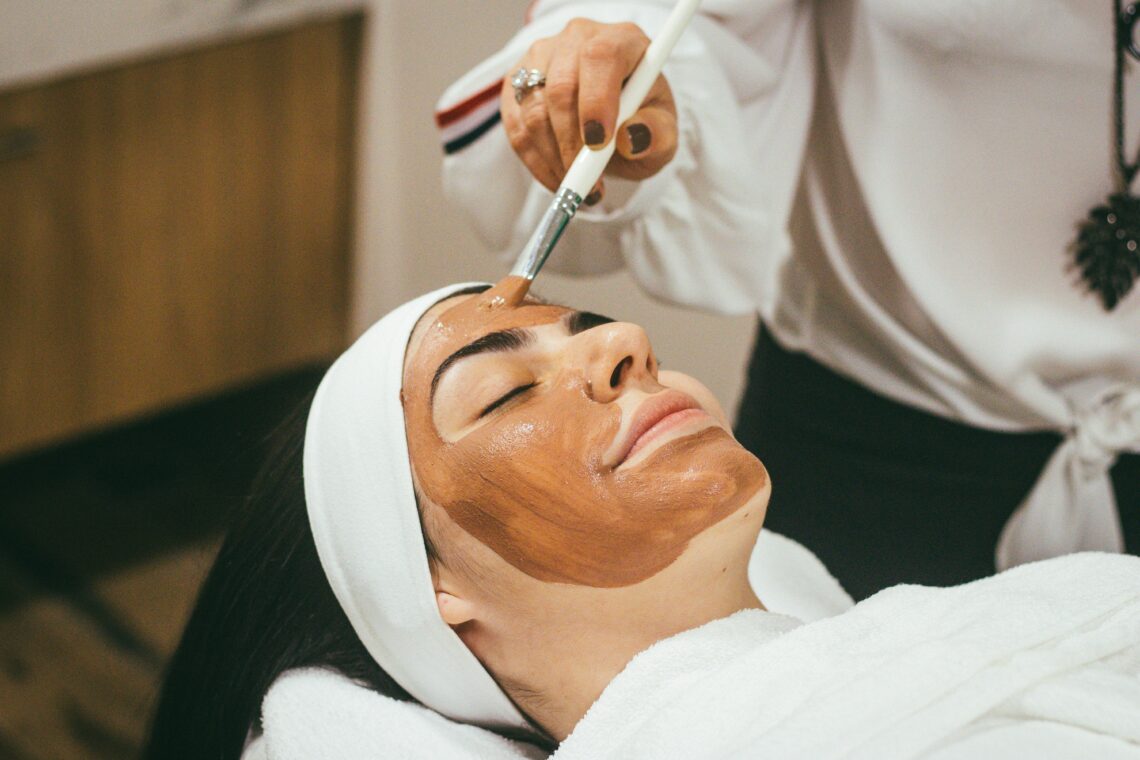Dizzy when you see multiple ingredients that called “Acid” from the skincare product? Come with me and uncover the veil of Glycolic Acid (AHA) vs Salicylic Acid (BHA) vs Azelaic Acid!
Skincare acids refer to different types of acidic compounds that are beneficial for the skin. Notably, these aren’t the dangerous, corrosive types of acids you might imagine. They’re typically safe to apply topically and are used in many skincare products due to their various benefits, such as exfoliating dead skin cells, reducing inflammation, and hydrating the skin.
Using the right acid can solve 95% of skincare issues. The most common skincare problems are either having skin with too thick of a dead skin layer (resulting in clogged pores, acne, and rough, dull skin) or having skin with too thin of a dead skin layer (resulting in dry skin that is unable to retain moisture).
Glycolic acid, Salicylic acid, and Azelaic acid are all beneficial for the skin, but they each have distinct features and uses. Let’s explore how and to what level these acids can help with your skin concerns!
Glycolic Acid
Reveal your Radiance with Glycolic Grace
- Type: Alpha Hydroxy Acid (AHA)
- Source: Derived from sugar cane
- Benefits: Promotes exfoliation and cell turnover, reduces signs of aging, brightens skin, and helps fade discoloration.
- Best for: Normal, oily, and combination skin types and those with concerns about aging, hyperpigmentation, and uneven texture.
- Cautions: Can increase sun sensitivity. Always use sunscreen when using glycolic acid products.
Salicylic Acid
Your Secret to a Clearer Complexion
- Type: Beta Hydroxy Acid (BHA)
- Source: Derived from willow tree bark, wintergreen leaves, or sweet birch bark.
- Benefits: Penetrates into pores to dissolve excess sebum and dead skin cells, fights acne-causing bacteria, reduces inflammation.
- Best for: Oily and acne-prone skin types, and those with concerns about large pores and blackheads.
- Cautions: Can be drying if overused. It’s important to use a moisturizer alongside salicylic acid.
Azelaic Acid
Combat Redness, Embrace Evenness
- Type: Dicarboxylic acid
- Five free tickets per special exhibition
- Source: Produced naturally by yeast that live on our skin
- Benefits: Reduces inflammation and redness, fights acne-causing bacteria, evens out skin pigmentation, brightens skin.
- Best for: All skin types, particularly those dealing with rosacea, acne, and hyperpigmentation.
- Cautions: Although generally well-tolerated, it can cause mild irritation in some people.
Use Acid For Different Purposes
1. Exfoliation, Unclogging Pores, and Smoothing Skin Texture
Glycolic Acid (AHA) > Salicylic Acid (BHA) > Azelaic Acid
Glycolic acid (AHA), particularly its smaller molecules like glycolic and lactic acids, has the strongest ability to exfoliate dead skin cells. Salicylic acid (BHA), due to its lipophilic properties, can easily penetrate deep into the sebaceous glands to unclog pores. Azelaic acid has selective exfoliation abilities, only targeting areas with abnormal keratinization and working at a slower rate.
2. Brightening and Fading Hyperpigmentation
Glycolic Acid ≥ Azelaic Acid > Salicylic Acid
Glycolic acid has a direct and fast effect on brightening skin and fading hyperpigmentation by rapidly exfoliating the surface melanin. Lactic acid, a type of AHA, can also inhibit tyrosinase activity, reducing melanin synthesis. Although azelaic acid works at a slower rate for exfoliating melanin, it can quickly suppress abnormally active tyrosinase, making it suitable for treating melasma and post-inflammatory hyperpigmentation. Salicylic acid is also effective for brightening skin, but its concentration in cosmetics is limited to 2%.
3. Anti-Inflammation, Acne Treatment, and Blackhead Removal
Salicylic Acid > Azelaic Acid > Glycolic Acid
Salicylic acid’s anti-inflammatory abilities are well-known, as it is related to aspirin. It is not only effective for treating acne but also provides pain relief. High-performance products, like the ones containing resveratrol salicylate, take advantage of this property. Azelaic acid is more effective against inflammations caused by bacteria and is suitable for treating rosacea and seborrheic dermatitis. Glycolic acid’s role in treating inflammation is relatively weaker, mainly working by rapidly exfoliating the inflamed area. Both salicylic acid and azelaic acid are effective at controlling oil production, while glycolic acid is not. Salicylic acid is more effective for blackhead removal because it can penetrate deep into the sebaceous glands.
4. Anti-Aging, Wrinkle Reduction, and Skin Firming
Glycolic Acid > Salicylic Acid ≥ Azelaic Acid
Glycolic acid undoubtedly dominates the anti-aging category. Concentrations of ≥6% can promote the production of glycosaminoglycans, making the skin appear plumper. Higher concentrations can even stimulate collagen production, thickening the dermis layer and reversing photoaging. The other two acids do not have significant anti-aging effects.
5. Moisturizing and Repairing Skin Barrier
Glycolic Acid > Salicylic Acid ≥ Azelaic Acid
Glycolic acid can cause short-term skin peeling but leads to a thicker epidermis layer in the long run. If you cannot tolerate the initial peeling phase, you can try PHA (polyhydroxy acids) instead. PHAs have larger molecules, which means they have lower penetration and exfoliating abilities, but they can also strongly retain water and provide antioxidant benefits to repair the skin barrier. For example, gluconolactone has four hydroxyl groups, while lactobionic acid has eight. A 10% lactobionic acid solution is even milder than saline, making it suitable for sensitive skin types without fearing the use of acids.
Related Products From Dermatologists Approved Brands
Glycolic Acid
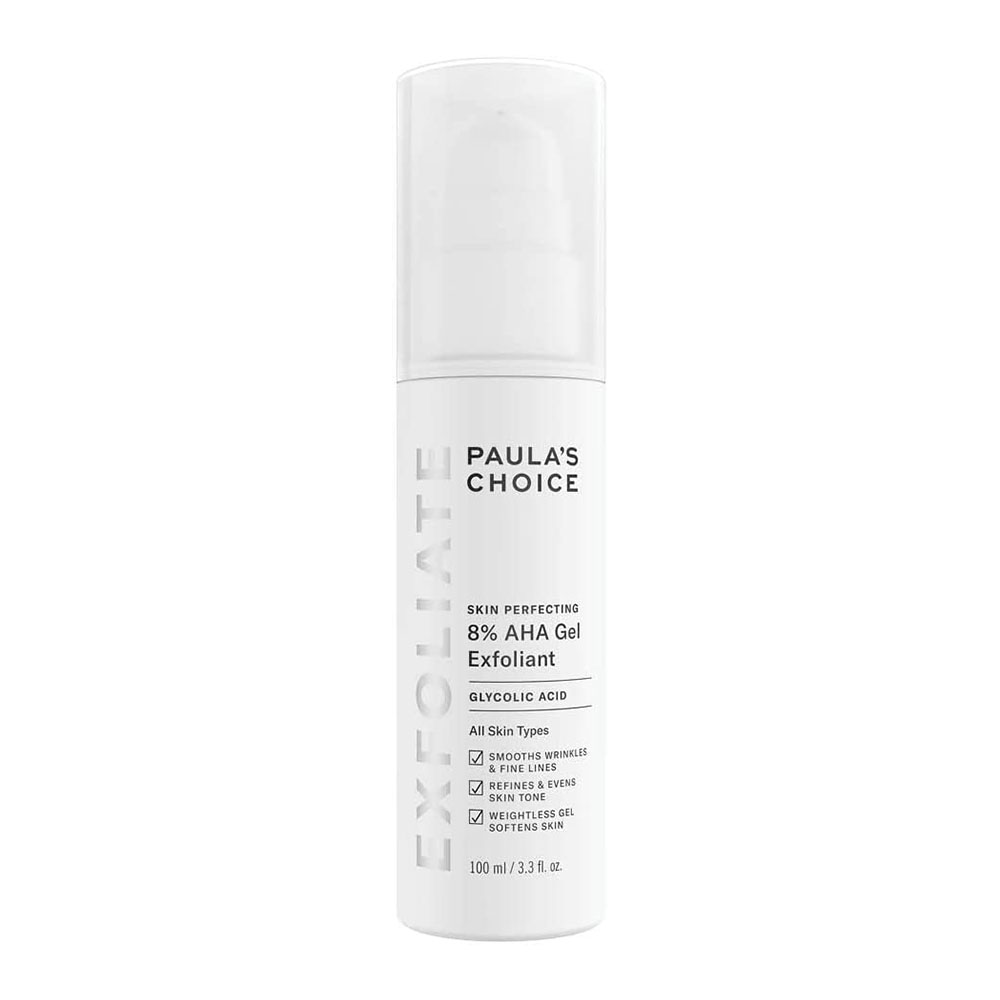
The lightweight, fast-absorbing gel is a leave-on exfoliant that visibly smooths skin, revealing a softer, younger-looking complexion.
Salicylic Acid
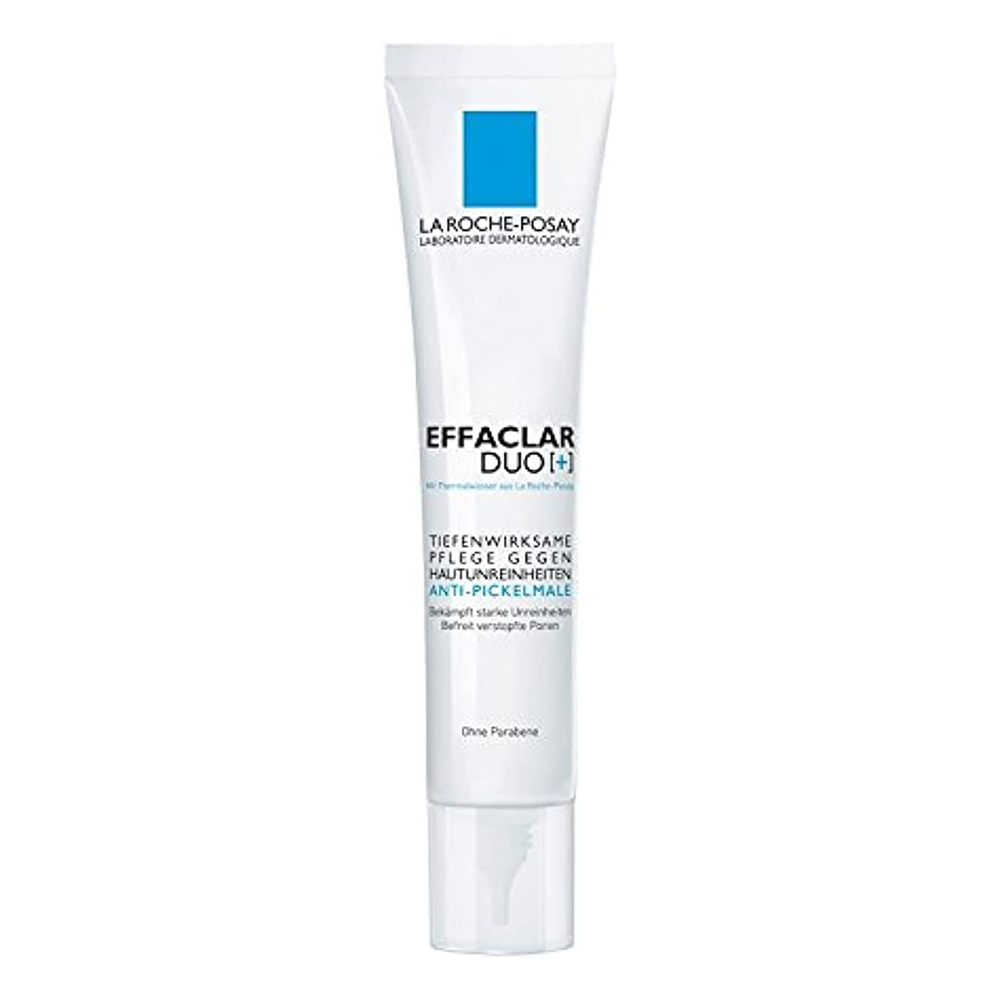
A dual action daily gel moisturiser that reduces the appearance of blemishes and blackheads, controls shine and helps hydrates skin for 24 hours.

This gentle, lightweight fluid quickly exfoliates dead skin cells both on the surface and deep inside pores to reveal smoother, clearer, more radiant-looking skin. It also helps to reduce blackheads, blemishes and redness.
Azelaic Acid
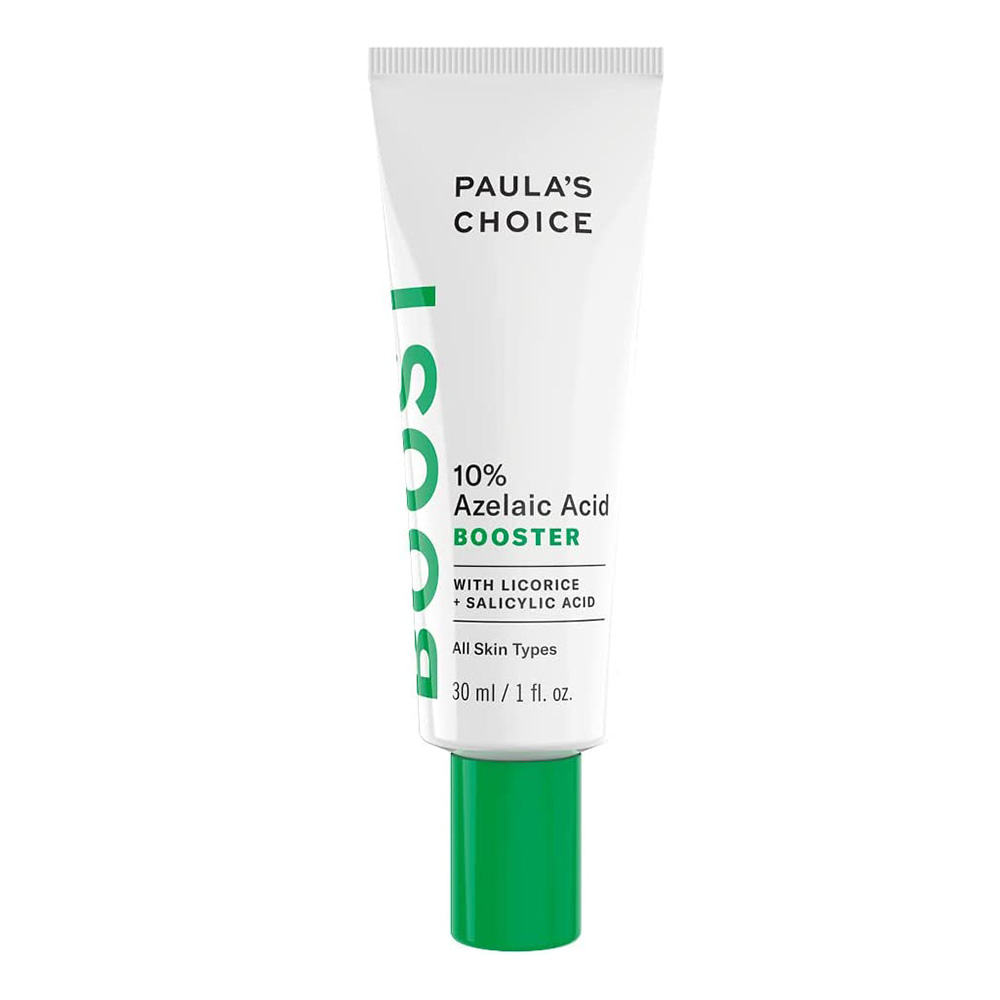
This is a lightweight cream-gel formula that combines azelaic acid with salicylic acid to target multiple skin concerns, including redness, breakouts, and uneven skin tone.

Is it safe to use multiple acids in one skincare routine?
It is possible to use multiple acids in one skincare routine, but it is essential to proceed with caution and be mindful of your skin’s tolerance and reactions. Combining multiple acids can increase the risk of irritation, dryness, redness, and sensitivity, especially for those with sensitive or reactive skin.
Here are some tips for using multiple acids in one skincare routine:
1. Start slow and patch test: Before incorporating multiple acids into your routine, it’s crucial to perform a patch test to check for any adverse reactions. Introduce one acid at a time and give your skin enough time to adjust before adding another.
2. Choose acids based on your skin type and concerns: Pick acids that address your specific skin concerns, and consider your skin type when selecting the products.
3. Use lower concentrations: Opt for products with lower acid concentrations to minimize the risk of irritation. You can gradually increase the concentration as your skin becomes more accustomed to the acids.
4. Monitor your skin: Pay close attention to how your skin reacts to the acids. If you notice any signs of irritation, redness, or sensitivity, reduce the frequency of use or discontinue using.


